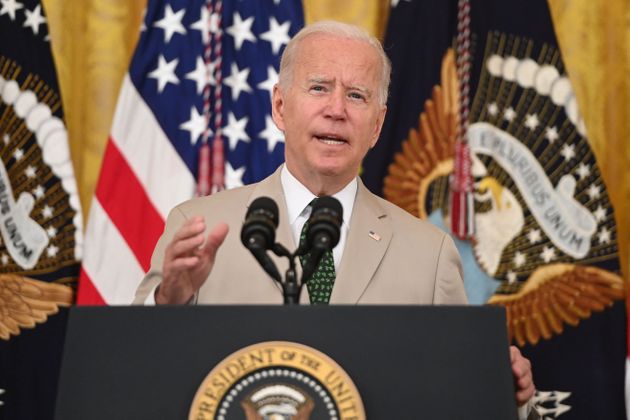On August 6, President Joe Biden announced that his administration would extend the suspension of student loans from the date of the original loan in September 2021, allowing borrowers to stop repaying until January 31, 2022.
The loan default initially began on March 13, 2020, and is a period of suspension of suspended federal loan payments, frozen interest rates for interest-bearing loans, and default debt collection for borrowers across the country.
Relief measures are selective and determined by the owner of the loan, meaning that only a subset of the loan is “eligible” for this suspension. US Department of Education-owned default and non-default loans, default HEAL loans and non-default Federal Family Education Loan (FFEL) program loans are all eligible for concessions, commercial ownership loans, school ownership loans and private loans. No.
When asked about the target eligibility for student debt relief, Public Health Senior CSG President Nitya Arun questioned the selectivity.
“It’s a demonstrative need,” Arun said. “I think it’s the government’s duty to cover that, especially since at the end of the day you will be investing heavily in our economy. And I don’t really think we need to be selective because we can afford it. It’s not just us who choose. ”
In an email to The Michigan Daily, LSA Junior and U-M Students for Biden Andrew Scheffler said Biden’s plan to help those most in need is a good start, especially considering the challenge of massively canceling student loans.
“A more comprehensive-based student loan waiver may face more legal issues, may require legislative action, or be reduced by future Republican administrations, and is more important to take in a more subtle and specific way,” Sheffler wrote. “In short, this design allows those who are really wrong to be targeted by predatory lenders or other urgent circumstances and their debts forgiven. This is a more compact process.”
In his White House statement, Biden said the current expansion would be final. After January 31, borrowers will have to be ready to start repaying their loans.
Schaffler said he believes the Biden administration’s time and mitigation measures were desperately needed because of the epidemic.
“As the number of jobs increases and the effects of Covid-1 of are slowly diminishing, I believe this expansion is appropriate,” Sheffler wrote. “However, as we approach January 2022, we will see how appropriate the second extension will be; There is no specific time to restart payment, so a few months from now is the best time possible. “
On the issue, Arun said she did not agree to wear the hat on the suspension. She said she believes decisions should not be made when the path and overall impact of the epidemic is unknown. Because debt is a significant burden even without the effects of the epidemic, Arun said, considering postgraduate education in a time of Covid-19 uncertainty is unknown and worrying.
“In terms of postgraduate, I’m scared for myself,” Arun said. “Without debt, I would not be able to repay it. So that’s something that creates fear in my mind. ”
Given the Biden administration’s student debt waiver of over. 9.5 billion so far, Schaffler said he believes Biden is “fully committed” to helping students get out of debt and fight for their education.
“Biden supported and proposed a legislative package that would include free undergraduate education for students from families earning less than $ 125,000,” Scheffler wrote. “They have proposed about $ 800 billion in education-related spending, including $ 450 billion for childcare and universal kindergarten programs, as well as funding for school infrastructure and free community colleges.”
Arun said that in order for the Biden campaign to get an immediate waiver of १० 10,000 per student borrower, she believes that Biden has not yet provided enough student loan waivers.
Arun said, “This was one of his promises and he has not kept his promise yet. “I think there is room in the budget for the cost of education, especially for higher education.”
Disclaimer: The views, suggestions, and opinions expressed here are the sole responsibility of the experts. No Economymono journalist was involved in the writing and production of this article.

